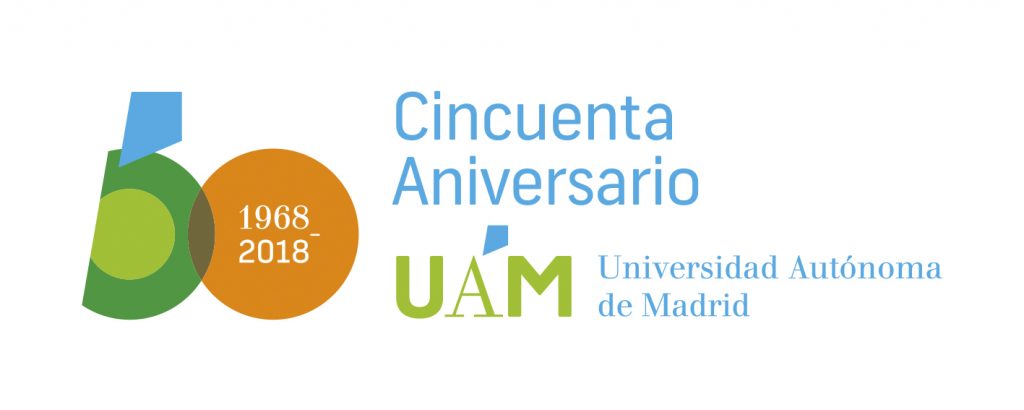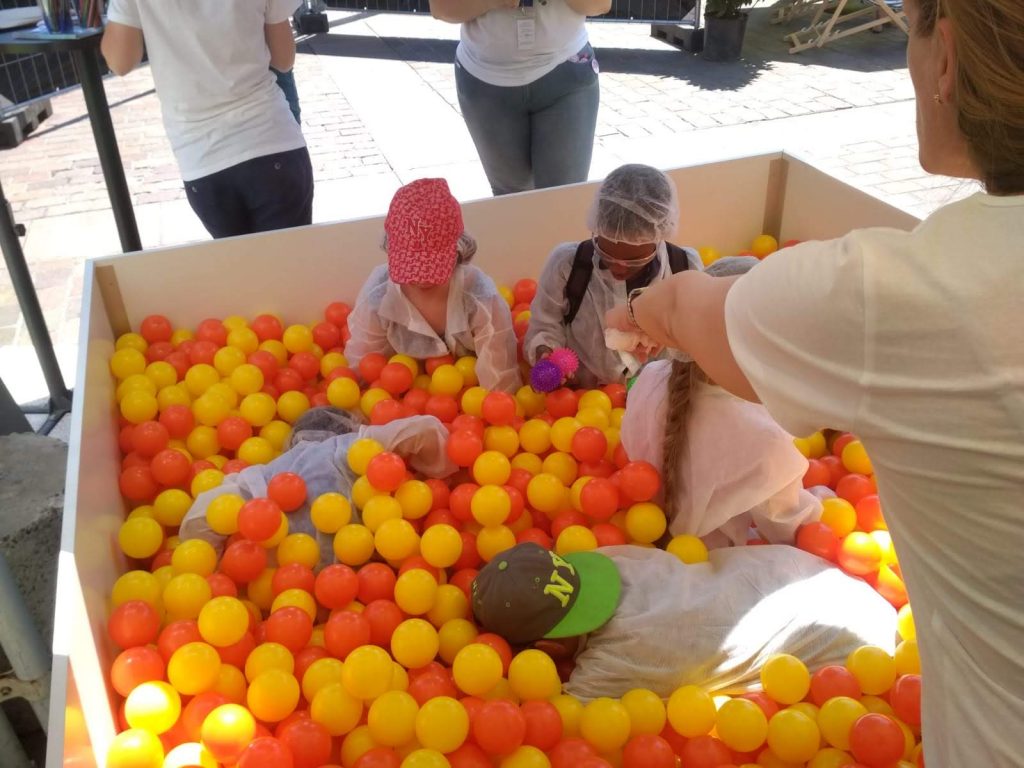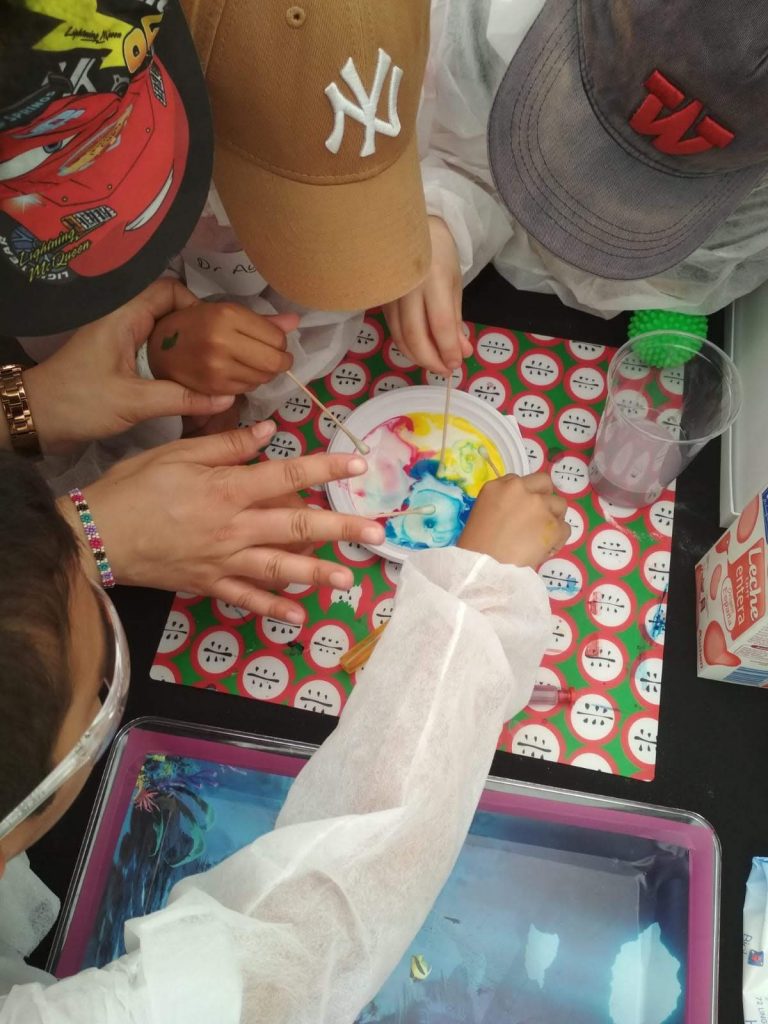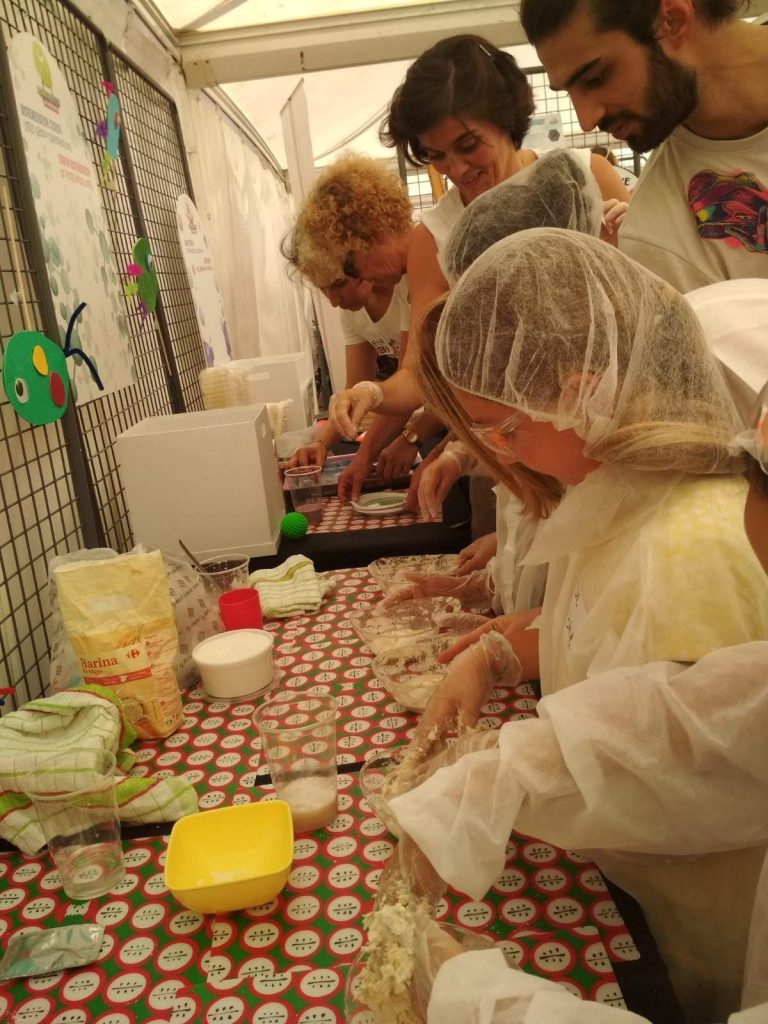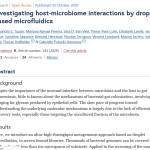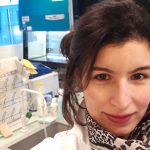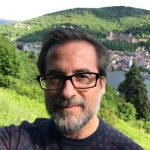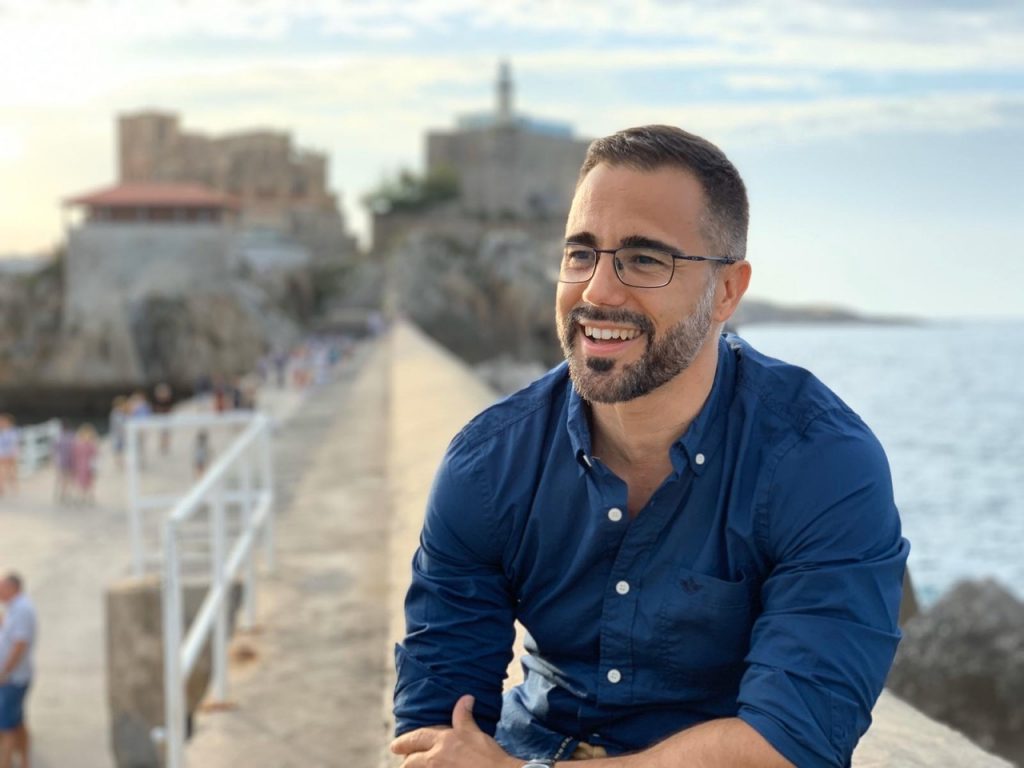
Let’s start this new, exciting series with our Coordinator, Dr. Aurelio Hidalgo Huertas, from the Universidad Autónoma de Madrid (Spain)
Aurelio Hidalgo Huertas is an Assistant Professor at UAM, one of the leading research and education institutes in Spain, recognized as International Campus of Excellence since 2010 in association with the Spanish Research Council (CSIC). Aurelio Hidalgo Huertas carries out research at the “Center for Molecular Biology Severo Ochoa” (CBMSO) and teaches at the University’s Department of Molecular Biology, the largest and most research-intensive department at UAM. Find out more about him in this very first “Meet the MetaFluidics team” interview!
- How did you become a professor at UAM?
Funnily enough, I was literally intercepted by Prof. José Berenguer back in 2006, while on my way to sign a contract as Head of Biotech of an SME elsewhere in Spain. He suggested I ought to apply for a tenure track to work together, so I declined a solid offer from a company, applied for the “Ramon y Cajal” tenure track program and I got it at the first try, surprisingly.
- What exactly are you working on?
We are trying to establish functional screening of directed evolution or metagenomic libraries using microfluidic droplets at higher temperatures. We are primarily concerned with protein stability, which is why we focus on thermophiles and the strategies their proteins adopt in order to become thermostable. We have a number of other side projects as well, such as biological selections in order to enhance thermostability, but also enzyme discovery campaigns for a number of other relevant enzymes for biocatalysis.
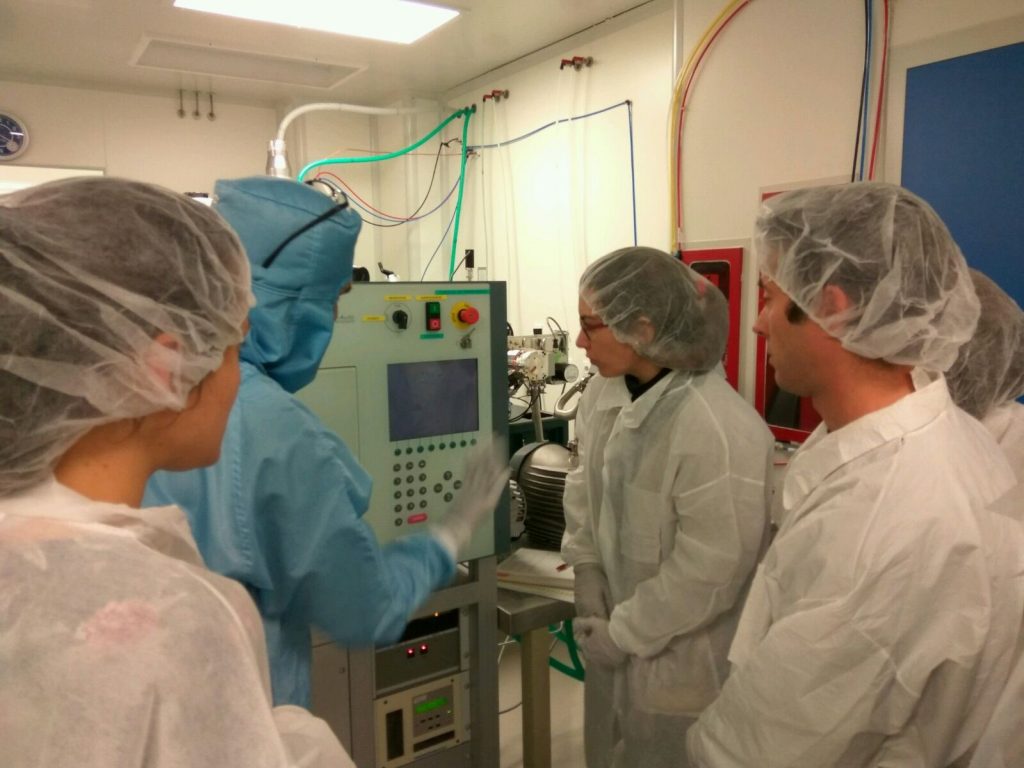
On top of all that, we are also busy with outreach activities. For instance, we are still going around (EU Open Day, European Night of Researchers) with the hands-on activity for kids, “Proteins and Microbes with Superpowers”, about the application of enzymes and microorganisms in everyday life. At some point in the future, I’d like to do something hands-on about lab-on-a-chip called “Honey, I shrunk the lab”.
- What do your students learn in your classes?
The rationale behind the facts. For me it’s more important what they can do with those facts, like connect them, analyze them, integrate them or explain them to their neighbour in class. In order to do this you need to know the facts and so much more! So, I encourage them to become the “microbiology experts” at home, when they hear something on the news about the Listeria outbreak or the microbiome. Also, I find my students are very literal and visual, so I’m constantly using analogies and props in class, e.g. molecular models to explain archeal membranes, a bacterial cell wall made of paper clips, a puff pastry to explain chemotaxis, prisms to illustrate microscopes, double-sided jellies to explain enantioselectivity… whatever does the trick. Also, I have the graveyard shift (i.e. last period), so my classes had better be active or they will be empty.
- What things give you the greatest satisfaction at work?
In class, it’d be the “wow” moment. That moment when a student’s jaw drops to the floor in awe from sheer realization, when you can almost hear the “click” of the wheels turning and locking into place, the connection of concepts. It’s magical. In the lab, I’d say two things give me great satisfaction. The first one is initiative from my team members. Take the lead, explore and propose new ways and concepts! That is a lesson I learned from my postdoc with Uwe Bornscheuer. The second thing that brings me satisfaction is… tinkering. I admit I love looking for new ways and parts to enhance our microfluidics equipment. Blame it on Lego. It’s a great feeling, and also scary because you may make things worse with your tinkering.
- What is exactly your role in the MetaFluidics project?
I act as coordinator of MetaFluidics. I was involved since the very first moment of the proposal, bringing the concept to life, recruiting some partners and coordinating the writing process with the help of this superb consortium. After we were selected by the European Commission, I handled the grant preparation process and now I take care that both the work plan and the administration proceed smoothly. To use an analogy, I see myself as an orchestra conductor, I should know what each instrument sounds like, when they ought to start playing and the score. MetaFluidics is a rich ensemble sound, very interwoven with melody lines that come together and drift apart and then come together again. J.S. Bach, maybe?
- What is the best and the hardest thing when working in a European project?
Best thing? The cooperation within the consortium and with other projects. I cannot stress it enough, I am very lucky to have worked closely with such impressive scientists. There’s also the satisfaction of seeing where the project fits in a larger scheme of things, within the EU’s science policy, within the European vision for Industrial Biotech. Being closer to the Commission and to this network of Industrial Biotech projects has been extremely enlightening for me. I have learned very much from our Project Officer Dr. Carmen de Vicente.
Hardest thing? Clearly the pace of things. Someone once told me that a coordinator year is worth 7 human years. So many things happening and so many more to plan! All in all, I do recommend coordinating EU grants. It’s an amazing learning experience and a chance to be part of something larger.
- A more personal question now… What do you do in your spare time?
I have not always been a good keeper of work-life balance, but I keep trying to. PIs should set an example of healthier work-life balance and care that team members have it too. So, I try to work out, go to the movies once a week, bake German cakes (I make a killer Kirschstreuselkuchen), enjoy food, wine and the sea around Bilbao whenever I can get away, and… curling. This is probably one of the worst hobbies you could have when you live in a country with almost perpetual sunshine and no dedicated ice rinks. But it’s fun, and it’s quite demanding… and probably the only sport where you can yell at your teammates. Before you ask, no, I don’t yell “Hurry hard” to the MetaFluidics partners when a deadline approaches.
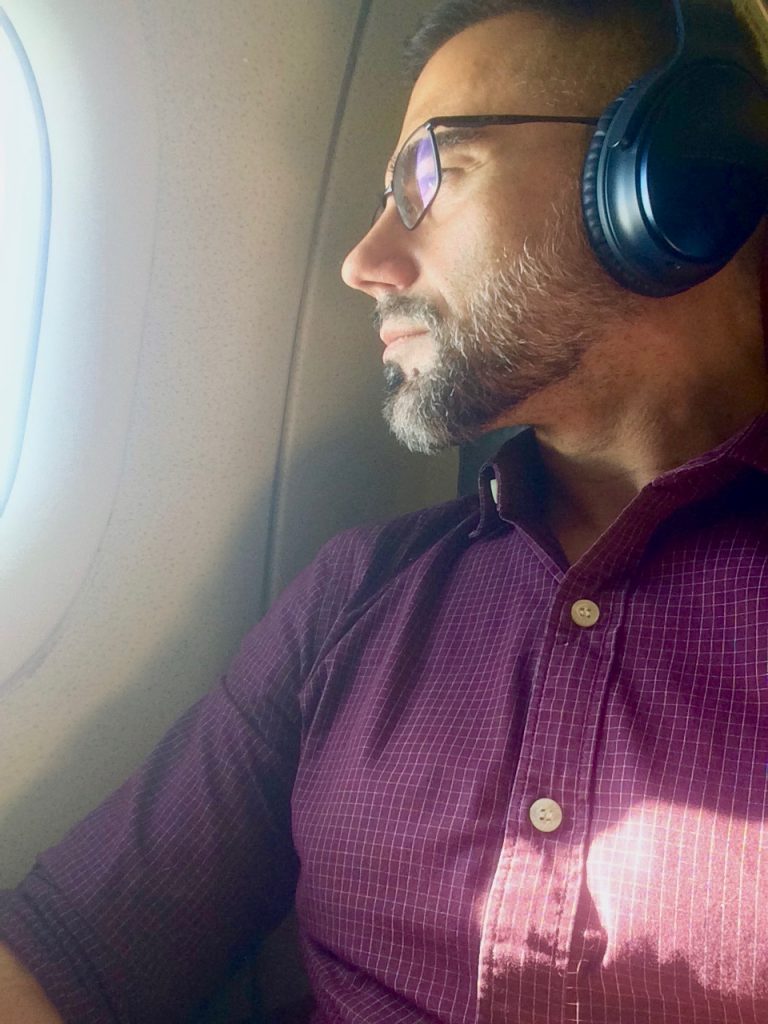
For more information about the “Center for Molecular Biology Severo Ochoa” (CBMSO) at Partner UAM, visit their webpage: http://www.cbm.uam.es
